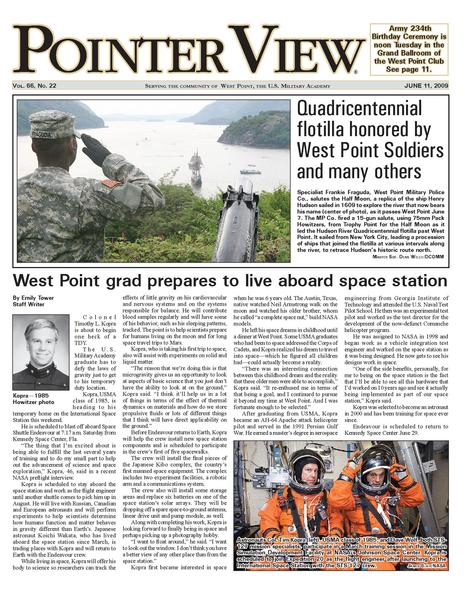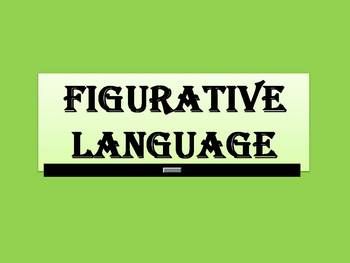
Source: An issue of “The West Pointer”, DOD. Wikimedia
Commons.
Let’s keep pretending. You are going to achieve fame by living on the space station for a very long time. Your university newspaper, among others, is going to write a story about you and your achievements. Newspapers, because of space limitations, have to stick to the facts. There is little effort made to capture images and emotions through the words journalists use. What’s important is getting the information to the public in the most efficient manner.
The newspaper story is nonfiction because it’s true; it’s about a part of your life. In this lesson, you’re going to learn about a different kind of nonfiction writing called literary nonfiction. Wait. Literary nonfiction? You might say, “Literary. Doesn’t that mean it’s like a story that has things like plot, setting, conflict, and characters?” If that’s true, then where does nonfiction come in? It turns out that literary nonfiction is a sort of blend of fiction and nonfiction. Imagine taking the newspaper article about living on the space station but turning it into a short story that’s true. Though it’s not fiction, it can contain elements like plot, setting, characters, and conflict that usually appear in fiction. All the events are real, but you, the writer, add elements like those to make it more interesting and accessible to your readers.
Pieces of literary nonfiction can be written about true, factually accurate subjects; they’re just written to read more like fiction. Authors accomplish this by sprinkling into their stories some literary language and devices that are commonly found in works of fiction, e.g., figures of speech such as simile and metaphor and literary devices such as imagery. In the sections to follow, you will see how these literary characteristics help determine how readers relate to what is written.

Source: Figurative Language Poster, teacherspayteachers blogspot. Pinterest
We will be concentrating on autobiographies, memoirs, and personal narratives and looking specifically at how an author’s use of literary language and devices in these types of literary nonfiction contributes to their very nature and purpose.